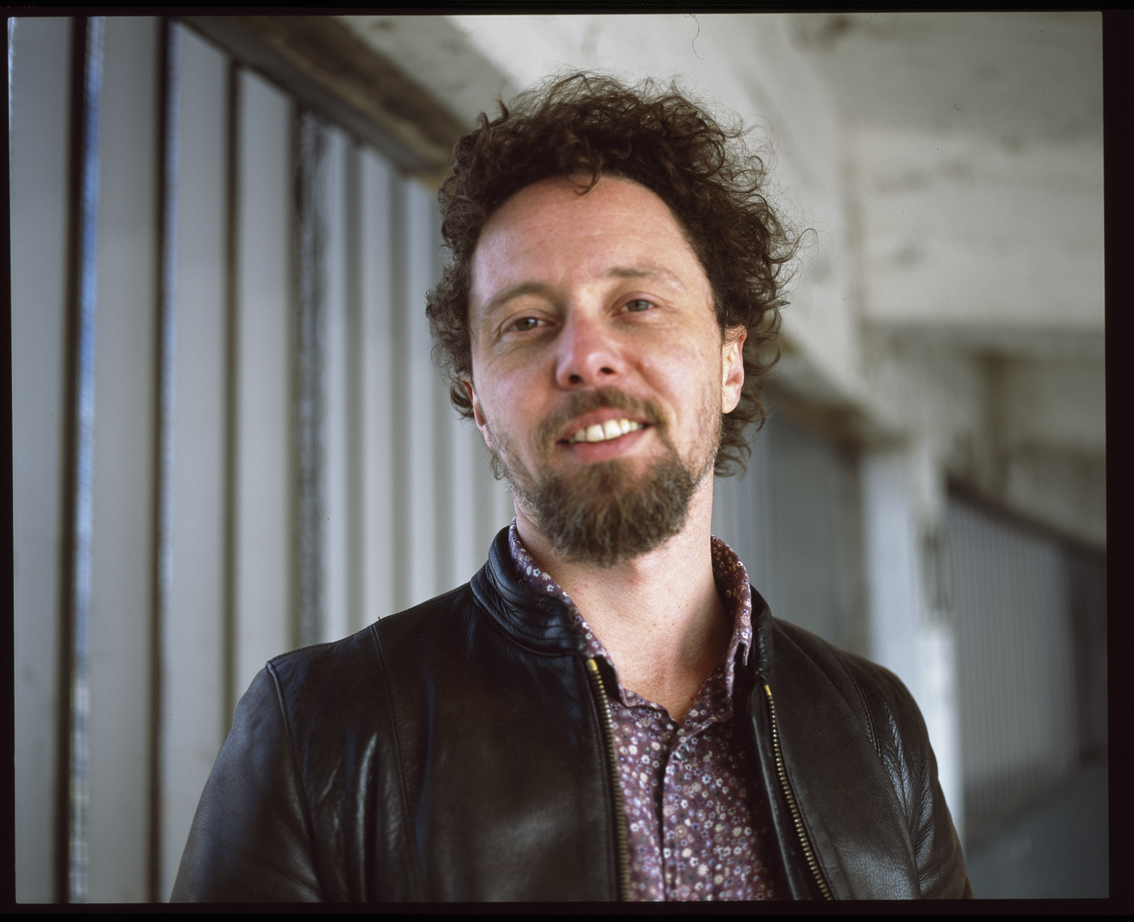Artist Etienne Guilloteau has been a research fellow at Norwegian Theatre Academy for the last three years. Through his artistic project BORDERS IN REPRESENTATION – WHERE ARE WE NOW?, Guilloteau has challenged the inherited working hierarchy.
"I wish the research would show and actively articulate examples of how we could put in space and in dialogue complex relations of autonomous artistic territories, performers, publics, history… without having to fear conflict but trusting our ability to change, to create together fine and understanding interaction that allow the imaginary of each to develop and invest the world."
Etienne Guilloteau, artist and research fellow NTA
Initially he considered borders to be the common limits of different territories.
- It occurred to me only later that each territory is not necessarily of the same nature, character or substance, and thus the research required different concepts of border. The idea of borders separating territories seemed too thin or binary, he says.
According to the artist, borders not only mark a topographic location but they can also make note of a relation, a point of exchange, or of that which binds territories. This also led him to the question: Do borders define where and/or how territories can meet?
Exchanged ideas and thoughts
- The idea behind this research was to challenge, elaborate and articulate in a reflection work the conventional relation between the elements or territories that are at play in the performance, Guilloteau explains.
In his choreographic research, based on empirical research methods, he looked for the porosity between those limits and explored the nature of the binding. Doing so he spent numerous hours in the studio and in exchanging ideas ad thoughts with other artists, such as dancers, musicians, lights designers and non-professional performers.
- The written reflection work is strongly routed on the artistic work produced from the research. Even if a lot of reading and watching of other performative work occurred to inform and question my work, the reflective work was put to the test in the studio and in the choreographic fieldwork, he says.

Premieres on April 14
Guilloteau´s final work "Retour Amont: Le rêve" has not been yet been performed in front of a live audience. The official premiere date is April 14 this year in Concertgebouw Brugge in Belgium. A video of the performance is available on vimeo.
Abandoning his search for established borders Guilloteau realized that making a performance, or probably any artistic work, is about creating new borders.
- The process creates borders between performers, performers and audience, here and there, here and not here, today and yesterday, today and tomorrow, sound and movement, light and sound, text and space, word and time, utopia and reality, he explains.
Adding: - A list that is impossible to exhaust as the infinity of the imaginary can create an infinity of unprecedented borders.
Challenged inherited working hierarchy
According to Guilloteau, performance has the responsibility to set the ways in which we will be together. It is trying to create a way to be together with our imaginaries.
He outlines the importance of how he and many others worked together, and how he actively set an environment that challenged inherited working hierarchy.
"This intense questioning is not possible in a regular creative environment."
Etienne Guilloteau
- More space and plasticity were granted to each artist working at the project. I think this interrogation of way of ‘making’ together is very relevant in respect of the many questions that shake the modern society, and more specifically the European that is actively questioning the ethic of its dominant position (colonialism, patriarchy, gender, ecology and more) and looks for other ways to relate with what was considered different of its norms, Guilloteau explains.
He then adds: - These changes in relationships are not obvious and require caring and listening.
Created a safe space
With the Boarders in representation-project now coming to an end, Guilloteau would like to investigate further into ways of being and create something together, without erasing the complexity of the individual coming together.
The project was funded by The Norwegian Research Programme (NARP). This programme supports projects which contributes to promote reflection and insight based on artistic practice.
- The artistic research, and in my case The Norwegian Artistic Research Program, gave that safe space where I could question my own medium. This intense questioning is not possible in a regular creative environment, he explains.
According to the artist demands of efficiency, of intense communicability of the society are challenging our ability of maintaining the visibility of the multilayers that we and the society are composed.
- Facilitating the expression of multiplicities is, in my opinion, what will make it possible to densify a social fabric which otherwise risks dissolving and create a world made of constant oppositions. It would be unbearable. Artistic research environment is one way where this can be intensively questioned and explored, and I believe it is vital, Guilloteau says.
This month he finalized his PhD project in a digital Viva Voce held on January 12. The project was presented to the assessment committee and the event was performed in English and live-streamed via Zoom.
More about Etienne Guilloteau and ECCE on www.ec-ce.be
